Denisovan Gallery: Tracing the Genetics of Human Ancestors
Denisovan Molar

Scientists have just completed sequencing the entire genome of a species of archaic humans called Denisovans. The fossils, which consist of a finger bone and two molars, from this extinct lineage were discovered in Denisova Cave in southern Siberia in 2008. Scientists don't know the precise age of the material found, though they estimate it ranges anywhere from 30,000 to 80,000 years of age. Shown here, a distal molar of a Denisovan.
Ancient Molar

Shown here, a molar from a Denisovan, whose genome suggests there have been about 100,000 recent changes in our genome that occurred after the split from this archaic lineage of humans.
Denisovan Finger Bone

To make the most of what little genetic material they had from the finger bone, shown here in a replica, the researchers developed a technique that unzipped the double strands of DNA in the bone, doubling the amount of DNA they could analyze.
Child's Finger
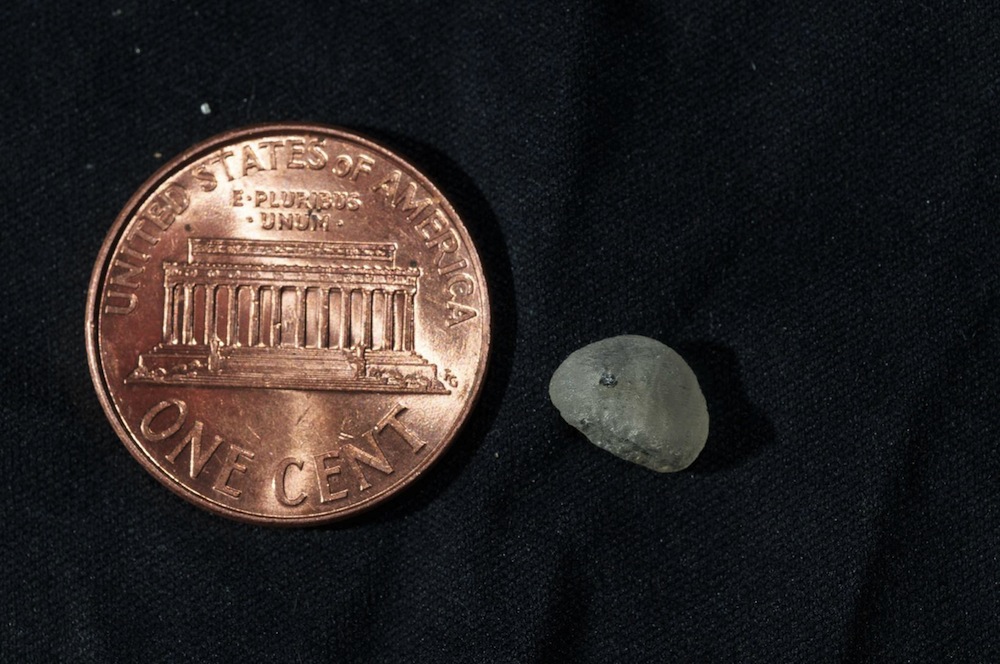
The genetic analysis of the fossil finger (a replica shown here with a U.S. penny) revealed it apparently belonged to a little girl with dark skin, brown hair and brown eyes, researchers noted.
Denisovan Cave

The existence of this archaic human group came to light in 2010 when DNA from a piece of a finger bone and two molars that were excavated at Denisova Cave in the Altai Mountains of southern Siberia was studied. Shown here, the entrance to the cave.
Neanderthal toe bone

Researchers have completed the first high-quality sequence of a Neanderthal genome, using a sample from the toe bone of a Neanderthal woman.
Denisovans' Home
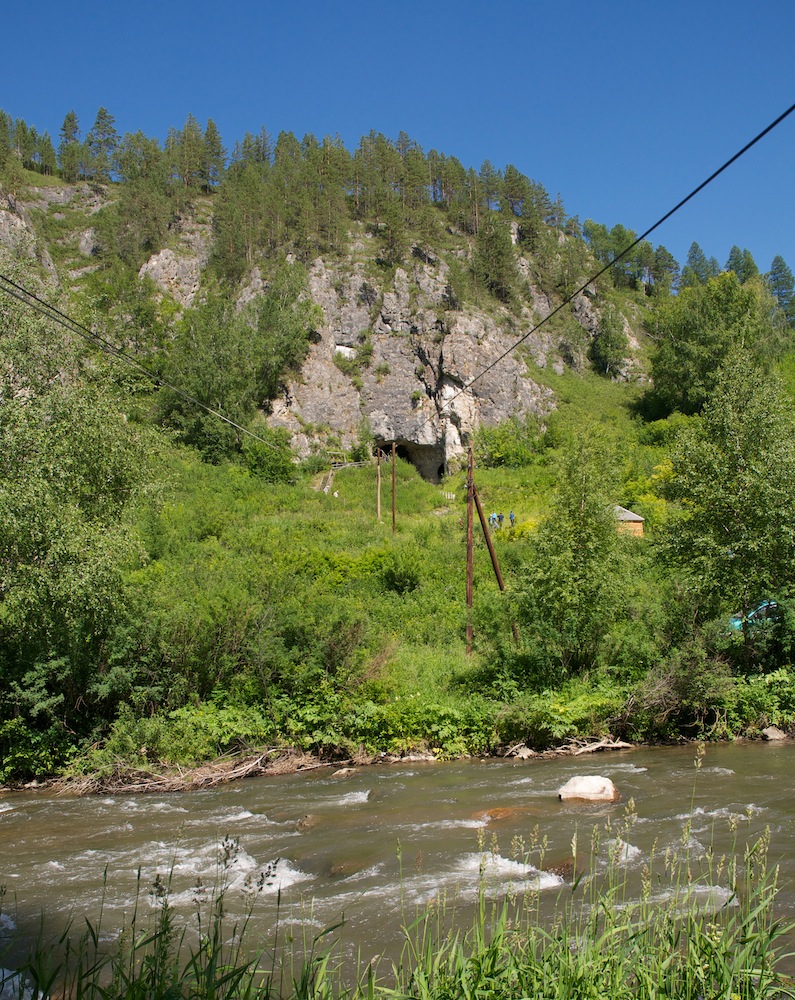
Another view of the Denisova cave, for which the Denisovans are named, as the Homo species was first described based on molecular data from Denisova Cave. Neanderthals, as well, were named after the site where their skeletal remains were retrieved in the Neander Valley in Germany.
Get the world’s most fascinating discoveries delivered straight to your inbox.
Denisovan Excavation
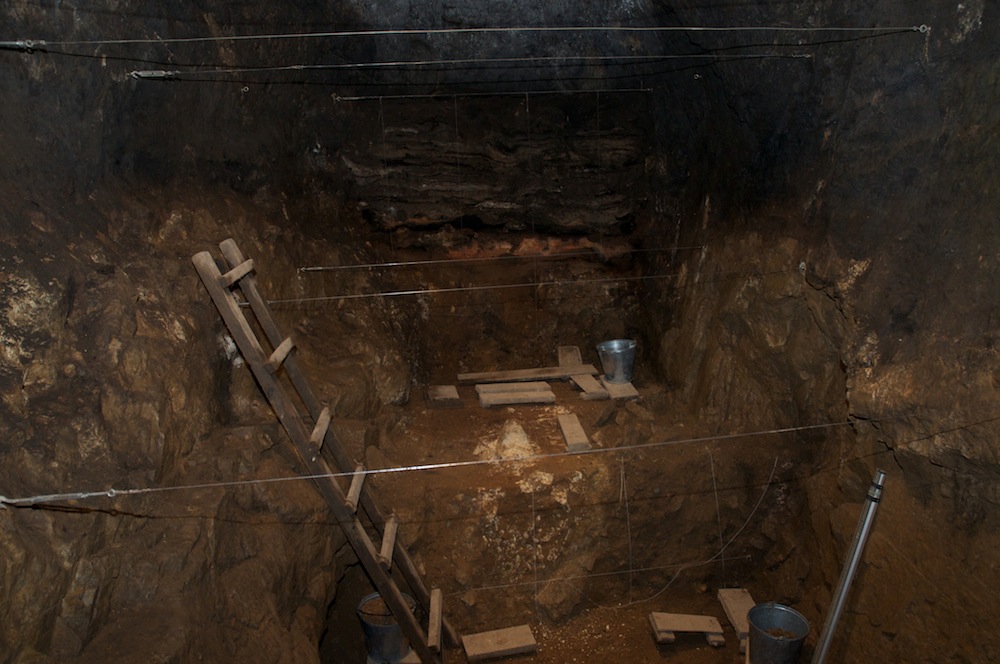
Denisova Cave, located in the Altai Montains of Siberia, within the Bashelaksky range, is referred to as Bear Cave by the local Altay people.
Excavations in Siberia

Scientists excavate fossils from the Denisova Cave in Siberia.
Cave Excavations
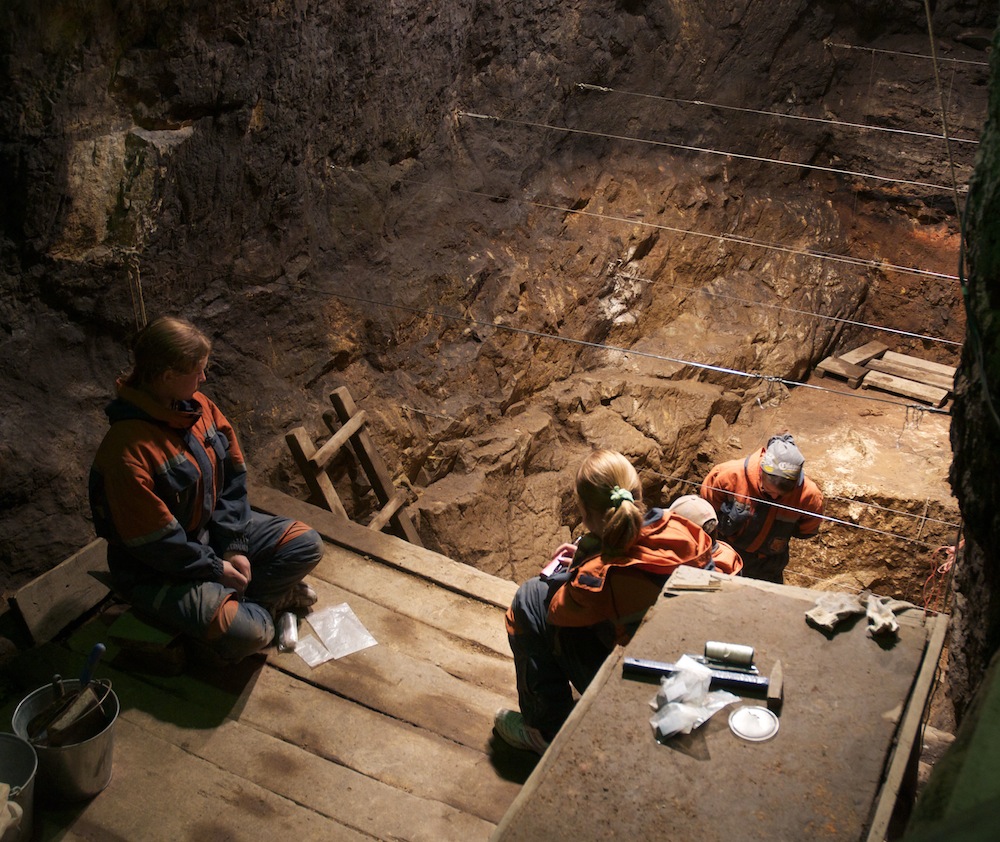
Another view of the excavation of Denisova Cave.
Finger Scan
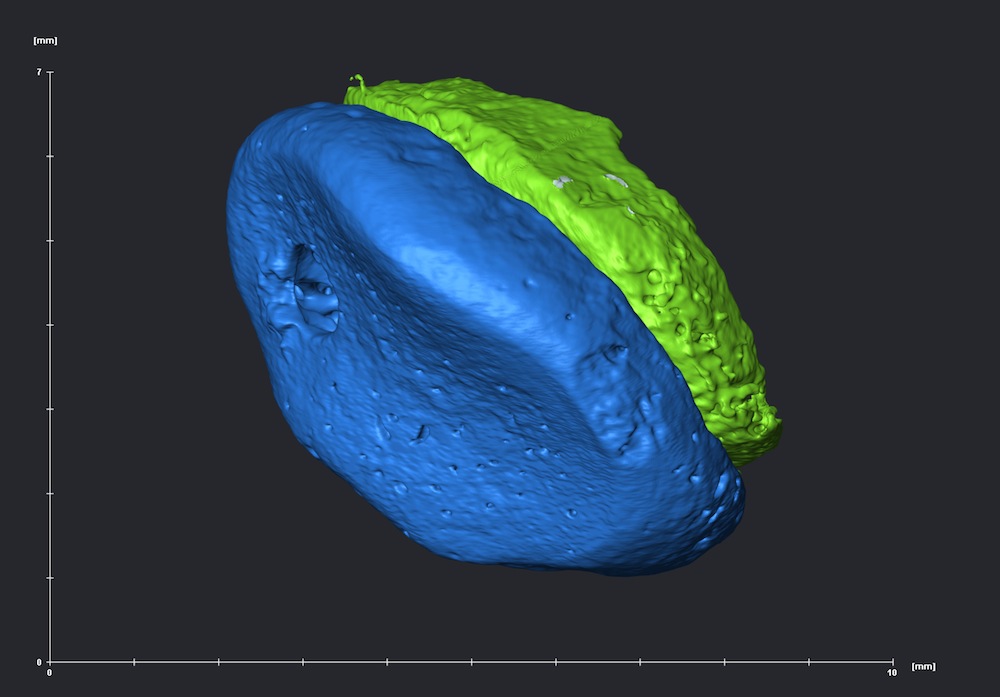
A computed tomography (CT) scan of the Denisovan finger bone.
 Live Science Plus
Live Science Plus






